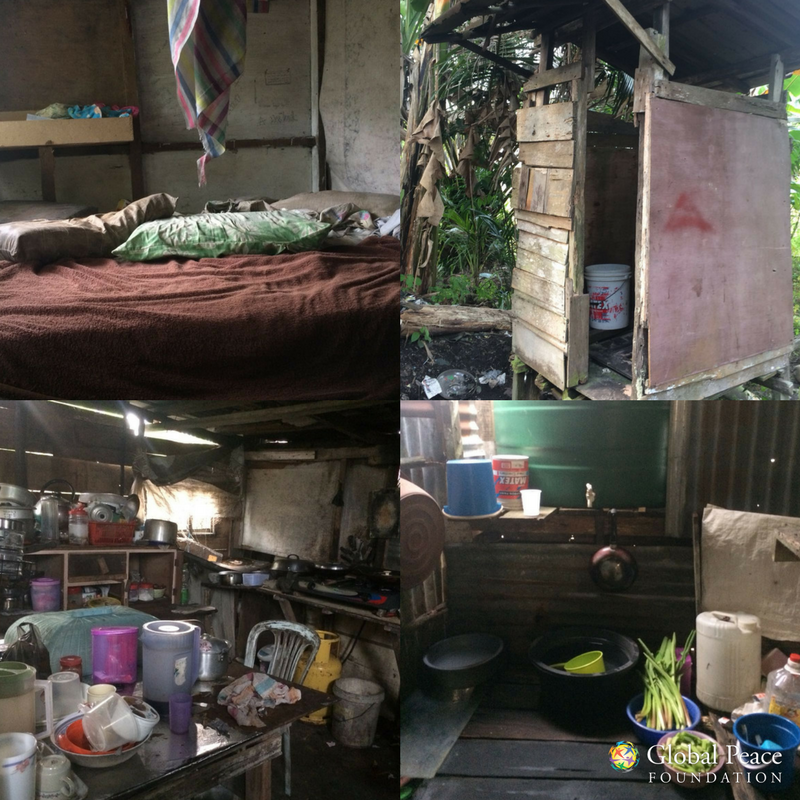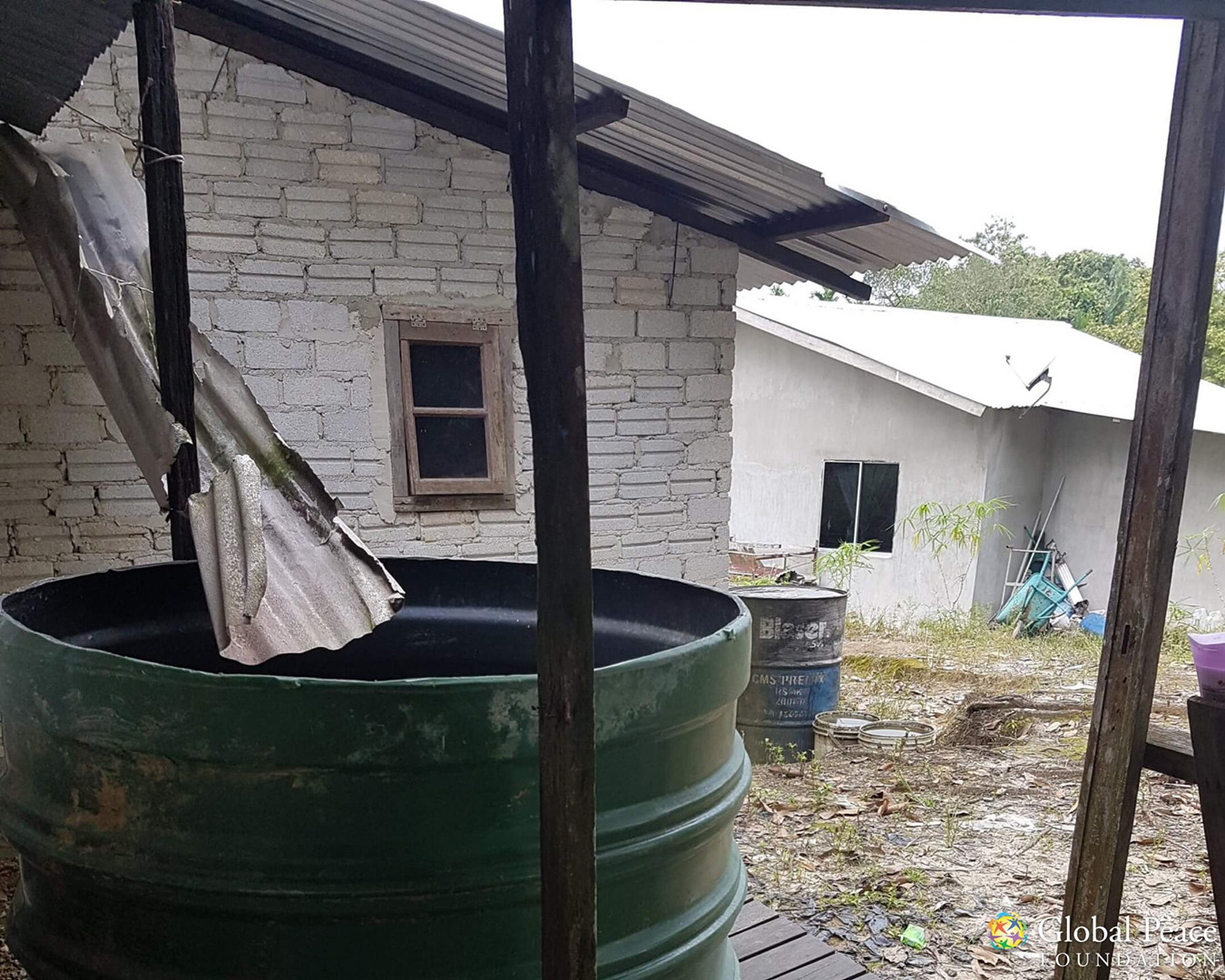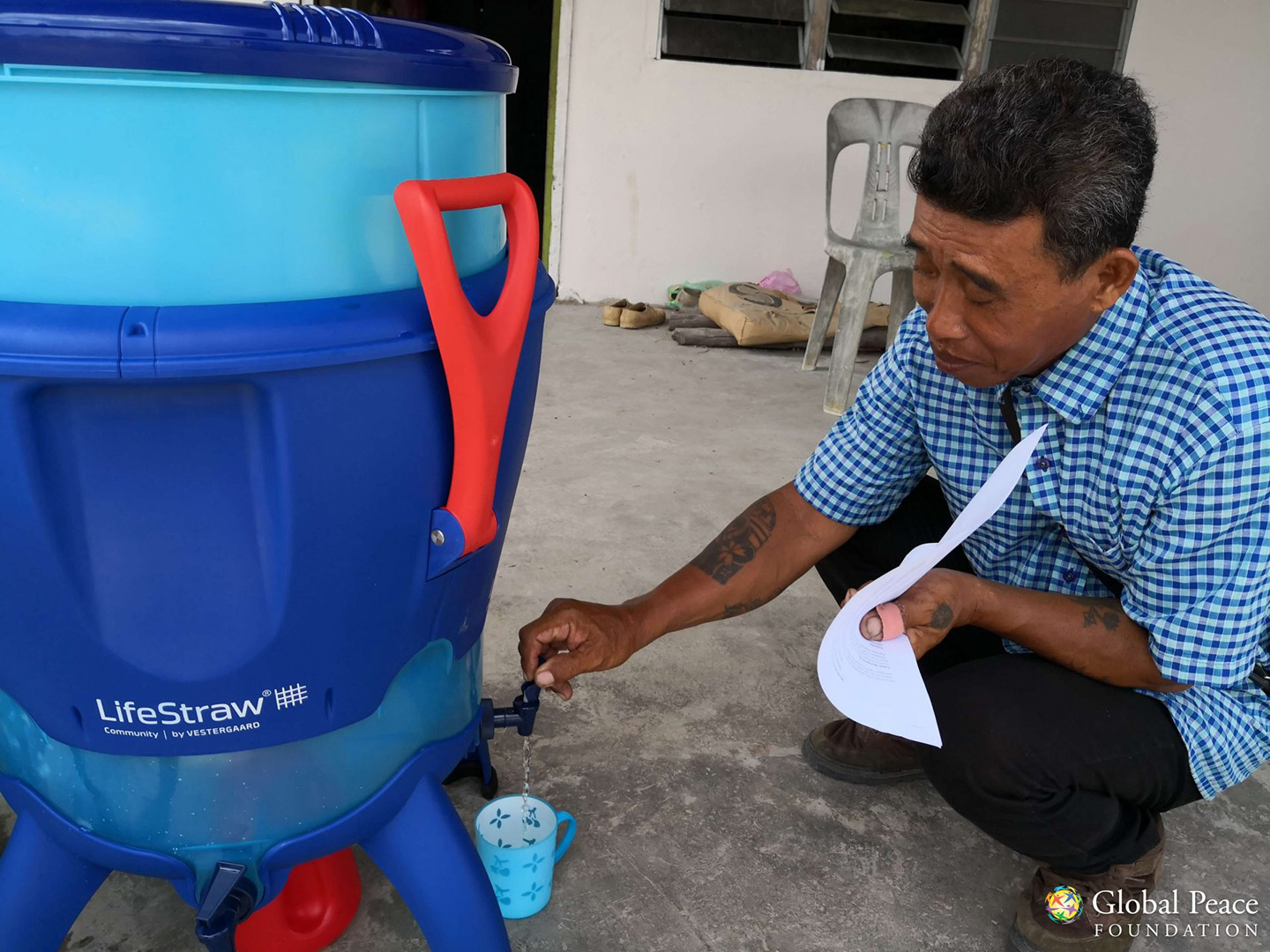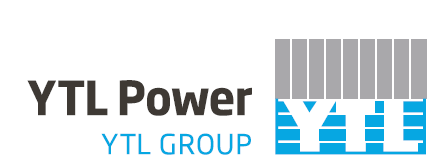Sarawak is the largest state in Malaysia, its land mass comparable to that of the whole of Peninsular Malaysia. It is a wellspring of culture and diversity, and home to an ever-growing population of around 2.6 million people from over 40 sub-ethnic groups.
We visited Sarawak early this year on a recce trip to scout out rural or underserved communities for our Communities Unite for Pure-water (CUP) project. Our CUP projects in Peninsular Malaysia have met with great success and we’re looking to expand the project to villages in Sarawak that do not have access to clean water. After a long process with countless phone calls, research, and meetings, we found Kampung Sion.

Satellite map of Kampung Sion and the nearest town, Tapah. Tapah is a small town with about a dozen shophouses.
“Communities Unite for Pure-water (CUP) is a community-driven initiative in collaboration with partners and funders. CUP aims to uplift the welfare of targeted rural and underserved communities through the provision of clean water. There are a slew of remote communities in Malaysia that have no access to clean water sources. As a result, they have to consume surface water from rivers, wells, or hilltops, which exposes them to various health risks.”
Kampung Sion is not remote per se, it is only about 3km (1.9 miles) from the nearest town, Tapah. However, the cloak of modernity fell away as soon as we embarked on the gravelly dirt path leading to the village, ridden with potholes and flooded in some places.
The village houses a collection of mismatched wood and brick huts, the villagers having built their homes out of whatever material they could gather or afford. One thing that we immediately noticed upon arriving was the amount of buckets and barrels laid out everywhere. Each house has them for the purpose of collecting rain water.

Barrels, buckets, and tanks of all shapes and sizes are seen everywhere. These containers can only store a limited amount of rainwater and any excess goes to waste.
We were welcomed into the village church that also doubles as a hall by Sulang, the village head that we liaised with to arrange this visit. Surprisingly, despite it being afternoon and a working day to boot, we were greeted by many villagers who had opted to stay home from work, all with welcoming smiles on their faces. We quickly established rapport with them and discovered a couple of important facts:
- There are about 200 people living here, mainly composed of Ibans and Bidayuhs with a small amount of mixed parentage Chinese and Malays. A large number of them travel as far as Kuching (1.5 hours away) to work as hard labourers while a smaller number tend to small-scale farms.
- Their main water source is rainwater, which they store in tanks. They supplement their water needs by buying water from a dispenser at 10 cents per litre. For most of them who earn an average of RM800 (USD200) a month per family with the lowest being RM300, this can be a hefty monthly expense.
- During the dry season, they resort to getting water from a nearby river. However, the water here is heavily polluted as there are poultry and pig farms located upstream making it not fit for drinking. We noticed that the villagers had rashes and scabs on their skin and our initial suspicion was that it was due to bathing in the polluted river.

Rechargeable car battery used as a power source.
We followed the villagers as they showed us around. Besides there being no water supply, there is also no electricity. Some families share a generator that they turn on only from 7pm to 10pm as it costs up to RM300 to buy a month’s supply of fuel. The generator creates a lot of smoke when turned on, choking the air. The ones who cannot afford to pay for a generator use car batteries instead.
The houses are cramped and up to five people live in them. Each space has multiple purposes, kitchens are used as bathrooms and also dining rooms. Every item has a function and are used to tatters because they may not be able to afford a new one. When every day is about trying to make ends meet, there is no space for aesthetics or luxury.

The disparity in the quality of life between the villagers of Kampung Sion and the neighbouring townsfolk is painfully glaring.
Despite their hard living conditions, we were touched and amazed by their warmth and hospitality. We spent a full day there and it was late by the time we reassembled. The women had cooked for us and even pooled their money to buy us bottled water as they were worried that we would not be used to their water quality.
An elder in the village also took the initiative to gather some of the villagers who missed out on the interviews and acted as a translator. They had to wake up early the next day for work, some of them walk 3km a day carrying heavy loads on their back and must have been exhausted, but they stayed with us the whole time and even sent us off.

Rita, 50, walks 3km daily to the market carrying 10 litres (equivalent to 10kg) of water on her back. This water is used for drinking and can only last a day.
This is not a community that has given up and accepted their fate, this is a community filled with hope for change, a better life, and a brighter future. Now that we know more in-depth about the situation in Kampung Sion, our next step is to come up with an action plan to relieve the water poverty of the people here.

These people who have so little to give yet gave us so much during our short visit with them showed us that regardless of background, race, or religion, our humanity connects us all on the most fundamental level.
UPDATE (JUN 25, 2018):
We returned to Sion to meet up with the villagers and discuss updates to the project from both sides. Although the plan and design are not finalised as yet, the idea is to create a more efficient rainwater harvesting system here that is able to sustain the village’s needs. We also plan to build a communal shower area so that they don’t have to risk going to the polluted river anymore.

Makeshift gutter made with a folded piece of zinc and tied together with wire. It does not utilise the full surface area of the roof so less rainwater is collected. Some parts of the zinc is rusted and mouldy, and this affects the rainwater that pass through it.
We needed exact measurements of rainfall duration and volume to help us with our design and planning. One of the villagers, a young mother, volunteered to take charge of the data collection. She will keep track of the monthly rainfall and send us her notes every two weeks. We could only spend a couple of hours there but even knowing this, many of the villagers stayed home so that they could meet and talk with us.
The project in Sion is still in the early phase, but our next step is to start construction of the rainwater harvesting system with the help of everyone. In the meantime, we have set up a high-volume LifeStraw Community filter in the village so that they can have a source of clean water, reducing their dependence on buying drinking water from town.

It was early in the morning and a workday, but many still turned up to welcome us.

Village head Sulang trying the filtered water. LifeStraw Community removes up to 99.9999% of bacteria, viruses, and sediments from the water, making it safe to drink even without boiling.
This CUP project is made possible by our sponsor, YTL Power for Social Outcome Fund in partnership with Agensi Inovasi Malaysia (AIM).
Written by
Yong Joy Anne, Storyteller








